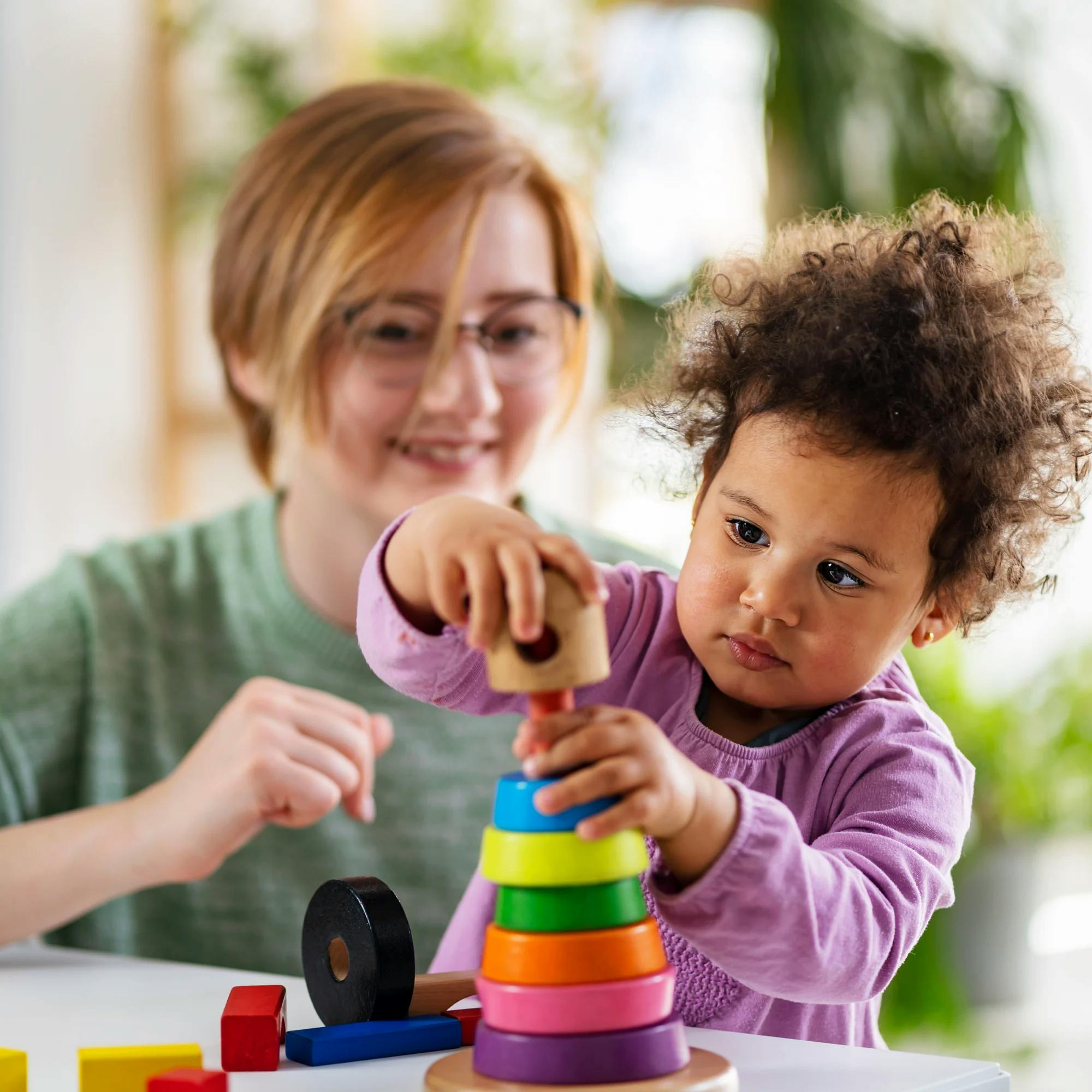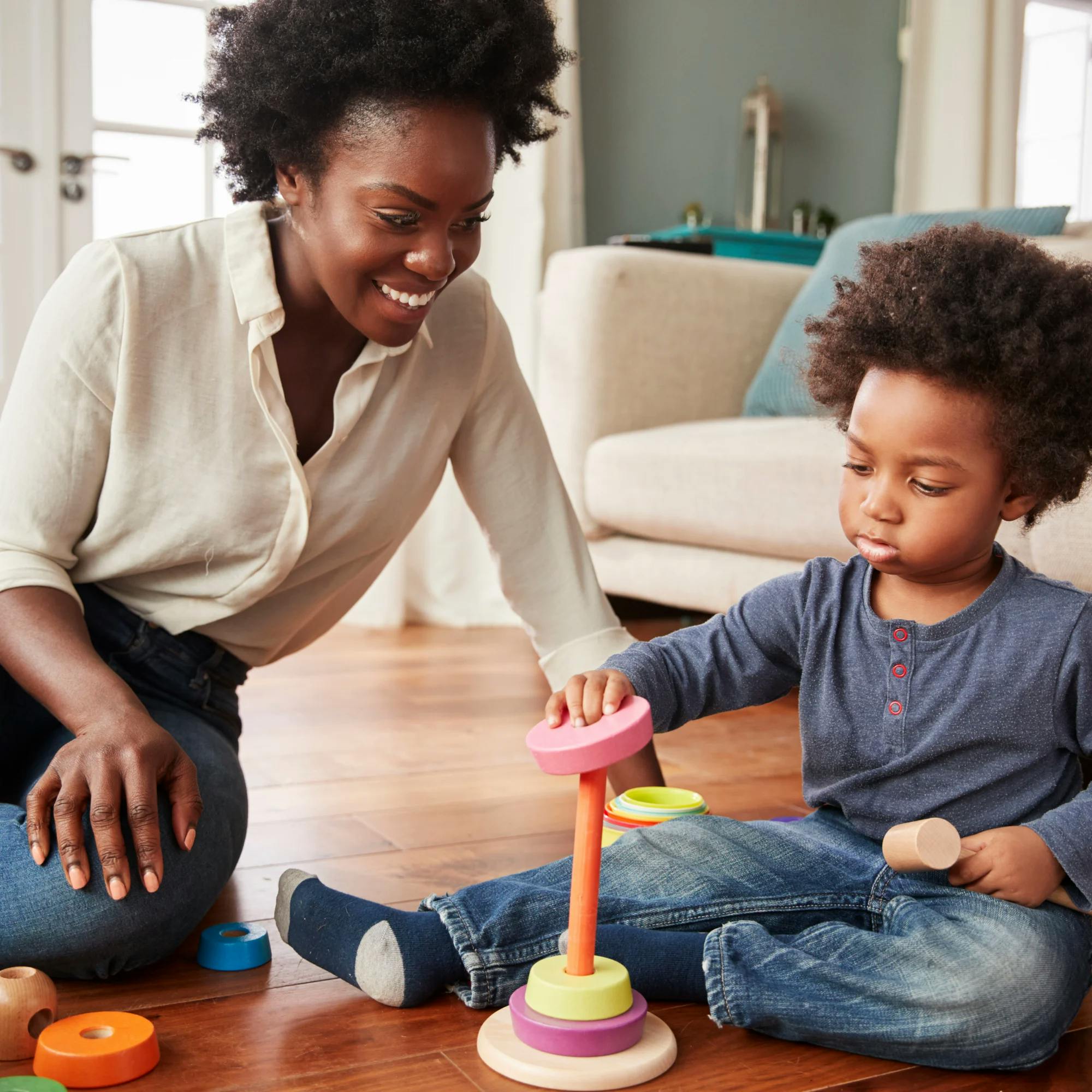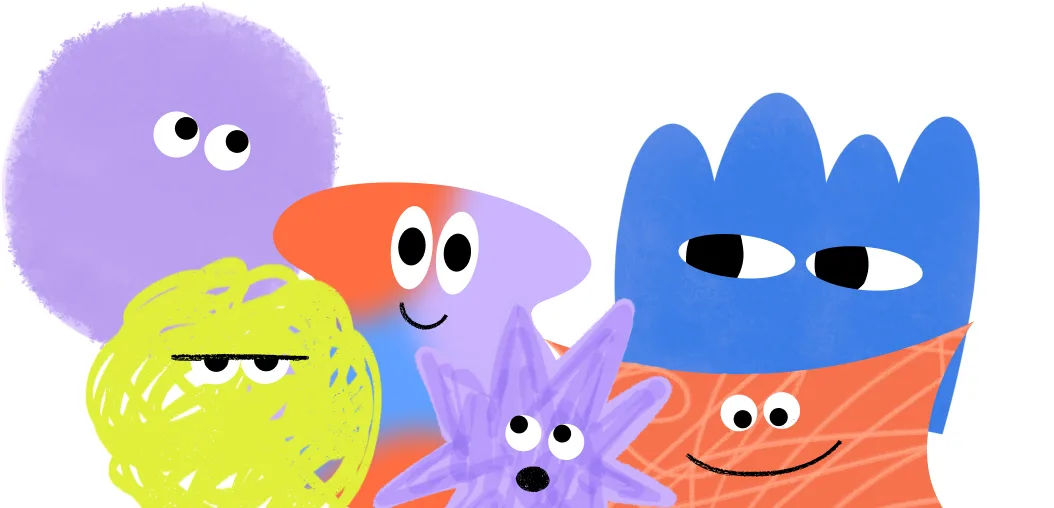Have you ever struggled to find the right words or felt misunderstood in a conversation? It can be frustrating when communication doesn’t go as planned. For neurodivergent children, these challenges can occur often, making everyday interactions difficult.
If you’re a parent, caregiver, or teacher, you may wonder how to communicate with a neurodivergent child in a way that supports their unique needs and fosters connection.
Understanding neurodiversity is the key. Neurodiversity refers to the natural variations in how people think, learn, and interact with the world. People whose brains function differently from what society considers “typical” are neurodivergent. This includes people with autism, ADHD, and other cognitive differences, who may have unique communication styles, social preferences, and sensory needs.
In this article, we’ll explore how to communicate with neurodivergent kids, offer neurodiversity-affirming parenting strategies, and provide practical tips to improve communication with your neurodivergent child. We’ll also discuss when support from a speech-language pathologist may be needed.
Personalized care for your child
We support autistic children for who they are and help them build new skills. Get matched with a licensed speech therapist today.
 Get started
Get startedWhat does neurotypical communication look like?
Before we dive in, it helps to understand what neurotypical communication looks like. It includes common social rules and expectations like these:
Neurotypical people often understand unspoken communication, like body language, facial expressions, and tone of voice.
They tend to use indirect language, expecting others to "read between the lines" or pick up on hints.
Conversations usually flow naturally, with back-and-forth exchanges happening without much effort.
Neurotypical people may not always say exactly what they mean. They assume others will figure it out using social cues. But these social rules can be tough for neurodivergent people to grasp.


How to spot a communication breakdown in neurodivergent children
For neurodivergent kids, communication breakdowns can happen when they struggle to express themselves or when their message is misunderstood. A breakdown occurs when someone can’t clearly communicate their thoughts, needs, or feelings, or when the listener does not interpret the message as intended.
Some breakdowns are easy to notice. Others may be more subtle. When a communication breakdown happens, neurodivergent children may:
Not answer questions or respond when needed
Give unrelated or incorrect responses (e.g., Question: “Where did you eat lunch today?” Answer: “I had a sandwich.”)
Struggle to communicate wants and needs, either verbally or nonverbally
Show frustration or confusion
Misunderstand nonverbal cues (e.g., a parent gives a serious look while saying, “Stay by me,” but the child does not recognize the urgency)
Have difficulty with back-and-forth conversation, especially if it’s not about their interests
Misinterpret tone of voice or emotions (e.g., not realizing a friend is sad and responding in an unexpected way)
By understanding these challenges, caregivers, teachers, and other communication partners can better support neurodivergent children and help prevent frustration in conversations.


How to navigate communication breakdowns
Now that we’ve explained what communication breakdowns may look like in neurodivergent children, let’s talk about how to deal with them.
1 Recognize the breakdown
The first thing you can do is recognize when a communication breakdown is happening. If you notice confusion, frustration, silence, or even a misinterpretation of what’s being discussed, that’s a sign that there could be a breakdown.
2 Communicate more simply
Next, try to make the communication exchange more straightforward. You can do this by restating the question with simpler words or shorter sentences. You could also give your child choices to answer your question. For example, “What did you do in gym class today? Did you run around the track, or did you play basketball?”
3 Restate and ask
If you don’t understand what your child says, you can try restating and asking what you think they were trying to communicate. You could say, “Were you trying to tell me you are hungry?” or “Were you saying your test was really hard today?”
4 Meet and support the person where they are
Don’t make the person feel bad about the communication difficulty. Neurodivergent people have different strengths in communication compared to neurotypical people. One way of communicating is not “more right” than another. You should simply meet the person where they are and try to communicate as clearly as possible, giving support where you can.


Tips for communicating with your neurodivergent child
Communicating with a neurodivergent child requires patience and understanding. There are strategies you can use to support their unique way of processing information. Here are some neurodiversity-affirming tips that may help avoid breakdowns:
Use clear and simple language.
Use visual supports, such as gestures, pictures, and visual schedules.
Allow your child extra time to process what you’re saying.
Follow their interests.
Pay attention to nonverbal communication, including their body language and facial expressions, for clues about their feelings and needs.
Encourage and praise your child’s efforts to communicate. This will build their confidence.
Establish routines so your child knows what will happen next.
Listen to your child and let them know that their emotions are valid.
By using these strategies, you can create a neurodiversity-affirming environment that helps your child feel heard and understood.


What to do if your child often has communication breakdowns
If your child is struggling with communication often, it’s important to take steps to support them. Here’s what you can do:
Observe and take notes: Pay attention to when and where breakdowns happen. Is your child struggling more in certain situations, like school or playdates? Do they have trouble understanding others, expressing themselves, or both?
Provide extra support: Try using strategies like visual aids, clear language, and extra time for processing.
Talk to your child’s teacher or caregiver: If communication difficulties happen outside the home, check in with teachers, daycare providers, or other caregivers. They may have noticed patterns or challenges, too.
Seek professional help if needed: If communication difficulties are impacting your child’s daily life, it may be time to reach out for support.
If your child has ongoing communication challenges, several professionals can help, including a speech-language pathologist (also known as a speech therapist). A speech therapist can assess your child’s speech, language, and communication skills and provide therapy if needed.
You may also want to talk to your child’s doctor. They can help determine if more evaluation is needed. They can also refer you to specialists.
How can a speech therapist help with communication breakdowns?
If your child is struggling with communication, a speech therapist can help in many ways. They will:
Assess your child’s communication skills to determine where they are struggling.
Teach strategies to improve communication, such as using gestures, visuals, or alternative ways to express needs.
Help with social communication by practicing conversation skills, turn-taking, and understanding nonverbal cues.
Work on speech clarity if your child has trouble pronouncing words or being understood.
Support language development by helping your child learn new words, form sentences, and organize their thoughts.
Your speech therapist should also provide parent coaching, so you can learn how to use these strategies at home to support your child. Practicing between sessions helps reinforce new skills and speeds up progress. Even small changes—like using visuals or giving extra processing time—can make a big impact.


Finding a neurodiversity-affirming speech therapist
Your child’s speech therapist should set personalized goals to help them build communication skills as quickly and effectively as possible. For example, if your child has frequent communication breakdowns because they’re not using many words, therapy may focus on teaching new words and grammar to help them put their thoughts into sentences.
Speech therapy for kids should be play-based and engaging! Younger children might use toys, crafts, books, and songs during therapy. For older kids, therapy activities are designed to match their interests and developmental level. Learning happens best when it feels natural and enjoyable.
It’s important to find a speech therapist who provides neurodiversity-affirming care. This means they respect and support your child’s unique way of communicating. Instead of trying to "fix" differences, they focus on building strengths, boosting confidence, and using strategies that match your child’s needs.
Get matched with a speech therapist who’s right for your child
If your child struggles with communication or has frequent breakdowns, start by trying the tips explained above. But if you or your child could use some support, don’t wait to seek help. A speech therapist can provide guidance and techniques that fit your child’s needs.
At Expressable, we have an incredible team of licensed speech therapists who serve hundreds of children every day. Click here to find a speech therapist who’s experienced working with neurodivergent children and their families.
How Expressable Can Help
Concerned your child isn't reaching age-expected milestones? Looking for communication support from a professional? Expressable is a national online speech therapy practice serving children and adults. We treat all major areas of communication and feeding, offer flexible hours including evenings and weekends, and accept most major health insurance plans. We’re proud to have earned more than 3,000 5-star reviews from our clients (4.9/5 average).
Our therapy model is centered on parent and caregiver involvement. Research proves that empowering caregivers to participate in their loved one’s therapy leads to better outcomes. That’s why we combine live, 1-on-1 speech therapy with personalized education and home practice activities for faster progress.
Communication is more than words. It’s how we share how we feel and show who we are. We’re here to help you or your child do just that.
 Alexis Irazoque, M.S., CCC-SLP
Alexis Irazoque, M.S., CCC-SLP




